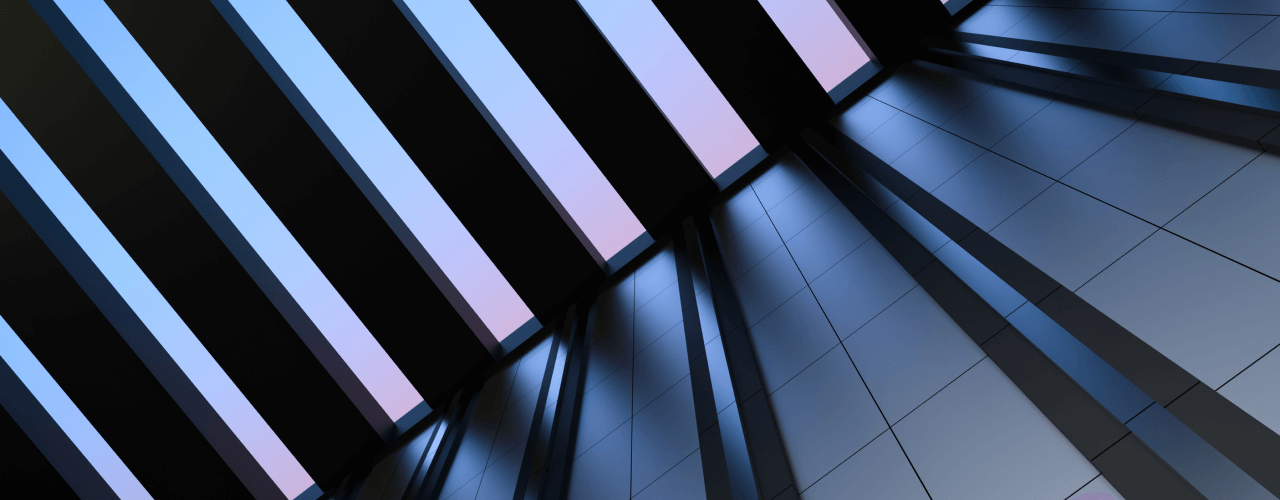Artists and Engineers Collaborating in Creative Construction
Artists and Engineers Collaborating in Creative Construction
Creative construction is where art meets engineering to create a world of form and beauty that not only serves us but also captivates and inspires us. Let’s explore how artists and engineers collaborate to build the dynamic future of our environment.
The Symbiotic Relationship: Artists and Engineers
Creative construction thrives on the symbiotic relationship between artists and engineers. The artist brings the eye and the muse, creativity and invention, while the engineer brings technical details and coherence, making imaginative things come to life.
One of the earliest examples of this collaboration is the Eiffel Tower in Paris. Designed by engineer Gustave Eiffel, the tower was initially met with scepticism due to its radical design. However, with Maurice Koechlin’s and Émile Nouguier’s artistic input, the Eiffel Tower emerged as a symbol of modern engineering and artistic ingenuity. Today, it stands not just as a marvel of engineering but also as a beloved piece of art.
Iconic Examples of Creative Construction
The Sydney Opera House
Designed by Danish architect Jørn Utzon and engineered by Ove Arup, the Sydney Opera House is renowned for its sail-like design and innovative construction techniques. Initially thought to be impossible to build, meticulous engineering and groundbreaking methods succeeded in creating one of the world’s most recognisable buildings. The Opera House serves as a premier performance venue and stands as a symbol of Australia’s creativity and ambition.
The Hagia Sophia
Constructed in 537 AD as a cathedral by the Byzantine Emperor Justinian I, the Hagia Sophia in Istanbul later became a mosque and now serves as a museum. The massive dome, a feat of engineering at the time, is adorned with intricate mosaics, demonstrating the seamless blend of artistic and structural brilliance. Using pendentives to support the dome was revolutionary, allowing the structure to endure for centuries.
The Burj Khalifa
The Burj Khalifa in Dubai, designed by architect Adrian Smith and engineered by Skidmore, Owings & Merrill, stands as the tallest building in the world. Its sleek, spiralling design, inspired by the Hymenocallis flower, redefines the skyline and exemplifies the powerful synergy of art and engineering. Advanced materials and construction techniques ensure the building’s stability and safety, showcasing what can be achieved when creativity and practicality unite.
The Guggenheim Museum Bilbao
Designed by architect Frank Gehry and engineered by SOM, the Guggenheim Museum in Bilbao features an undulating, titanium-clad exterior that challenges conventional architectural norms. Gehry’s use of cutting-edge computer modelling software allowed for the creation of the building’s complex forms. The Guggenheim revitalised Bilbao’s economy and set a new standard for museum architecture worldwide.
The Beijing National Stadium
The Beijing National Stadium, also known as the Bird’s Nest, was designed for the 2008 Olympics by Herzog & de Meuron in collaboration with Chinese artist Ai Weiwei. The stadium’s intricate steel lattice structure, resembling a bird’s nest, required sophisticated engineering to support the massive beams using BIM technology. Advanced digital tools were used to plan and execute the construction, resulting in a visually striking and functionally superb stadium symbolising modern China.
The Shard
The Shard in London, designed by Renzo Piano and engineered by WSP Global, is inspired by the spires of London’s churches and the masts of sailing ships. Building above existing railway lines and managing the logistics of constructing a super-tall skyscraper in a densely populated area were significant challenges. The collaboration resulted in a building that is both a feat of engineering and a masterpiece of modern architecture.
The Al Bahar Towers
The Al Bahar Towers in Abu Dhabi, designed by Aedas Architects and engineered by Arup, feature a dynamic facade inspired by traditional Islamic architecture. The responsive shading system, which consists of computer-controlled panels that open and close in response to the sun’s movement, reduces solar gain and enhances energy efficiency. This project exemplifies how modern technology can be integrated with traditional design principles to create sustainable, practical and beautiful buildings.
The Role of Technology in Creative Construction
Advancements in technology have significantly enhanced the collaboration between artists and engineers. Tools like Building Information Modelling (BIM) and computer-aided design (CAD) allow for more precise planning and execution of complex designs.
For instance, the creation of the Louvre Abu Dhabi, designed by Jean Nouvel, involved advanced BIM technology. The museum’s intricate dome, comprised of 7,850 unique stars forming a ‘rain of light’ effect, was meticulously planned and executed using BIM. This technology ensured precise alignment and structural integrity, exemplifying how technology can bridge the gap between artistic vision and engineering reality.
The Future of Creative Construction
The future of creative construction looks promising as the boundaries between art and engineering continue to blur. Sustainable design, 3D printing, and smart materials pave the way for even more innovative collaborations.
Another exciting development is the use of 3D printing in construction. The first 3D-printed bridge in Madrid was a collaborative effort between the Institute of Advanced Architecture of Catalonia and Acciona Engineering. This innovative approach allows for intricate designs that are both cost-effective and environmentally friendly.
The Power of Creative Construction
Creative construction is more than just an architectural trend; it is a testament to the power of collaboration between artists and engineers. By combining aesthetics with functionality, these professionals create spaces that inspire, innovate, and endure.
Whether using new materials, sustainable practices, or cutting-edge technology, the potential for creative construction is limitless. This harmonious collaboration will continue to shape our cities and redefine our built environment, leaving a lasting legacy for generations to come.
Still Have Questions?
Our friendly team is here to help you out.

